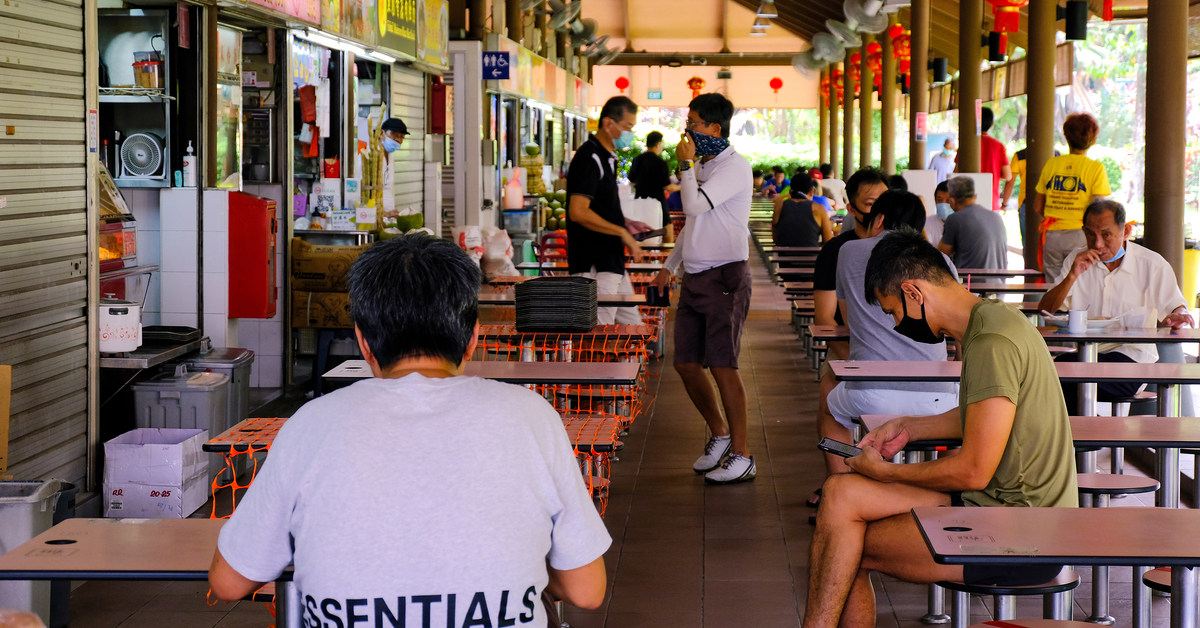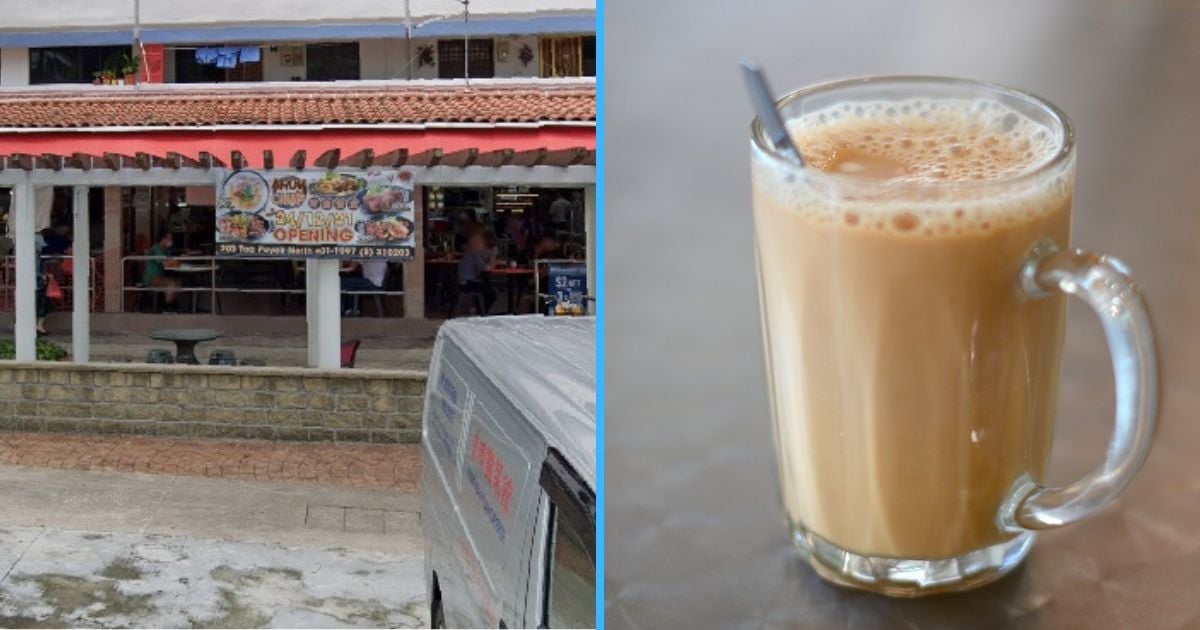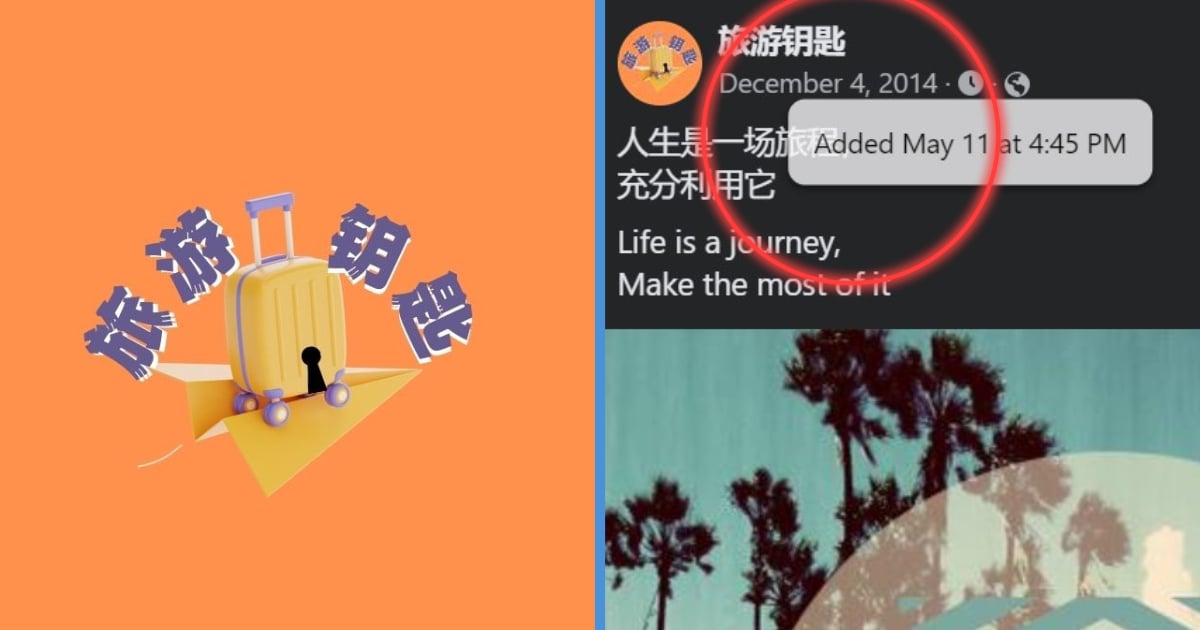Remember the circuit breaker last year? If you don’t, you may have unconsciously blocked out the unwanted memory.
It was the darkest period in the country’s history, where residents couldn’t even visit their friends and family, line up for lottery tickets, or, most importantly, have bubble tea.
It was followed by Phase 1, a spouse of the circuit breaker that was a little more lenient (only a little).
Since last October, infections have continued to fall, prompting the authorities to relax more and more restrictions.
In fact, no community cases were recorded at all for nearly two weeks in November last year. Many of us believed we had won the battle with COVID-19, but the authorities warned against complacency.
But because some of us have become a little too lax, the coronavirus has returned with a vengeance.
Now, after taking one step forward, it seems that we’ve taken five steps back.
New COVID-19 Measures Similar to Circuit Breaker Introduced
New COVID-19 restrictions were announced by the multi-ministry COVID-19 task force today (14 May) amidst an alarming rise in community cases.
The new measures will kick in on Sunday (16 May) and remain in place until 13 June. The authorities will then assess the situation after the two weeks to determine if the measures need to be adjusted further.
The new restrictions include reduced group sizes for social gatherings, a change in workplace arrangements, and tighter measures for high-risk settings, to name a few.
Here are the depressing details:
Reduced Group Size For Social Gatherings & House Visits
The good news is that you finally have a good reason to exclude Ah Hock from your dates with your girlfriend.
The bad news is that he will still be able to visit your house if no other visitors are present.
Currently, social gatherings are limited to five people. This number will be reduced to two when the new measures come into effect.
The cap of five distinct visitors per household per day will also be reduced to two distinct visitors per household per day.
Grandchildren being cared for by their grandparents on a daily basis would not be counted as a household visitor or as a participant in a social gathering.
The authorities advised grandparents to minimise interaction with their grandchildren if they’re from a different household, and to get vaccinated to protect themselves and their grandchildren.
The task force advised individuals to continue to limit their social gatherings to two a day.
Working From Home to be the Default
This could be good or bad news for you, depending on how much you like your spouse and how many children you have at home.
For the next two weeks, working from home will be the default working arrangement.
Employees who are able to work from home should be allowed to do so, and employers who require their employees to return to the workplace should have staggered start times and flexible working hours for employees.
Social gatherings at the workplace will not be permitted and staff should refrain from mingling with one another when they’ve removed their masks during meals.
No Dining-in, More Restrictions For Higher Risk Settings
Say goodbye to eating Bak Kut Teh at the coffee shop, as dining in at eateries will not be allowed during the two-week period either.
This means that F&B establishments will only allow takeaway or delivery.
In addition, wedding banquets will have to cease, though a special arrangement may be allowed for those with wedding plans this Sunday – the event can proceed as long as there’s pre-event testing for all guests.
Strenuous exercise indoors, be it in a group or individual, will not be permitted either.
And services that require patrons to remove their masks – such as for facials, saunas, singing, and the playing of wind and brass instruments – will have to cease as well.
Medical and dental services can continue, however.
Reduced Event Sizes & Mall Capacity
Permissible capacity limits for events and malls will also be reduced for the two-week period:
- Places of Worship – Only 50 people are allowed at events without pre-event testing, and 100 with pre-event testing. Live singing will be suspended.
- Attractions – Capacity will be cut from 50% to 25%. Indoor and outdoor shows can proceed with up to 100 people with pre-event testing, and 50 people without testing.
- Malls – Occupancy limits will be reduced from the current limit of 10sqm per person of gross floor area, to 16sqm per person. Odd and even date entry restrictions on Sundays for popular malls will remain in place.
- Museums and public libraries – Reduced capacity of 25%.
- Cinemas – Up to 100 people will be allowed entry into cinema halls with pre-event testing, but only 50 are allowed without testing.
- Meetings, Incentives, Conferences, & Exhibitions – Up to 100 people may be allowed with pre-event testing, but only 50 are allowed without testing.
- Weddings – Wedding receptions will be prohibited. Marriage solemnisations may continue for up to 100 participants with pre-event testing, and 50 participants without testing.
- Funerals – Only 20 people or fewer will be allowed at a funeral, down from 30 people currently.
Enhanced Testing Regime
The government is also rolling out an enhanced testing regime from 15 May.
Those who are experiencing respiratory infection symptoms will be given tests at the Swab and Send Home Public Health Preparedness Clinics (SASH PHPCs), polyclinics, and Emergency Departments and Regional Swab Centres (RSCs).
These tests will be done together with the polymerase chain reaction (PCR) test, of course.
Both tests will be funded by the Government for all those who are experiencing respiratory infection symptoms.
This is certainly hard to take, but given how quickly community infections are rising, it’s necessary.
Let’s do our part by adhering to the new restrictions in place, lest the circuit breaker becomes an annual event.
Featured Image: kandl stock / Shutterstock.com (Image is for illustration purposes only)



